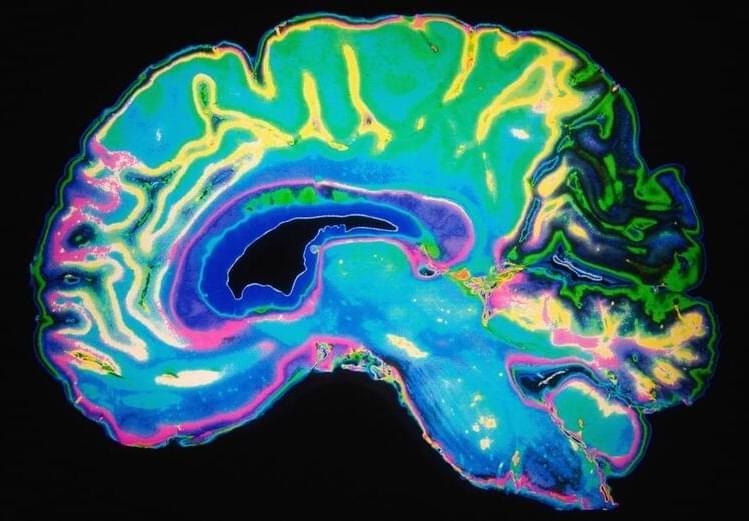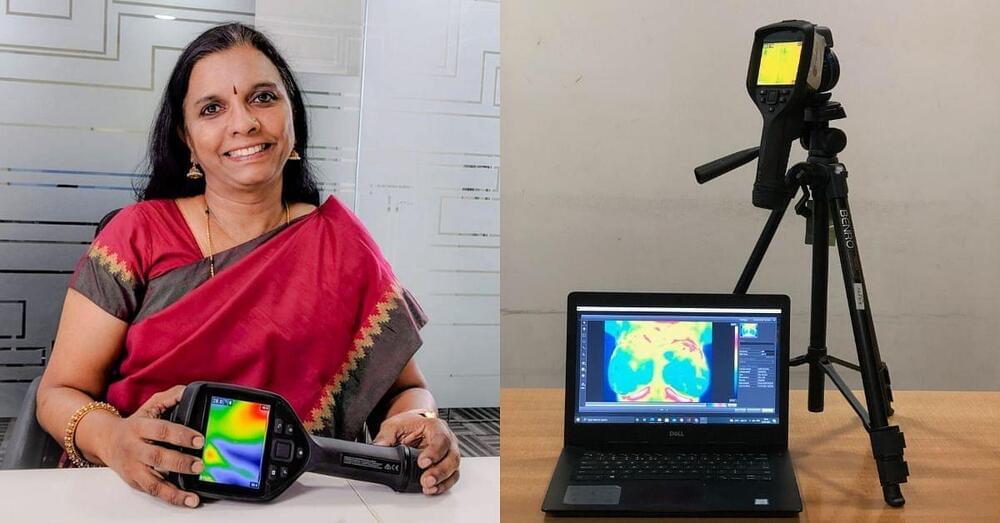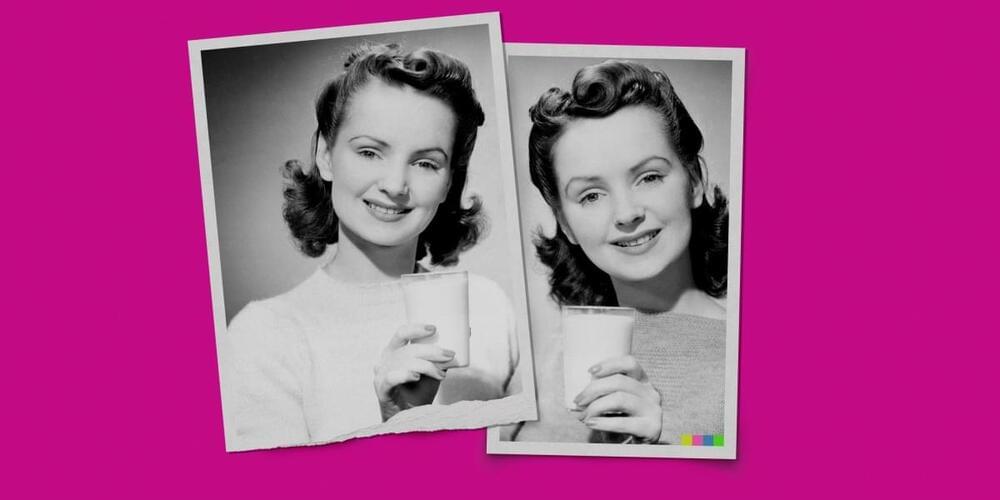Microsoft co-founder Bill Gates knows a thing or two about paradigm shifts, having played a key role in personal computers becoming a thing. Today, he believes, an equally important development is beginning with ChatGPT and similar artificial intelligence tools.
“A.I. is going to be debated as the hottest topic of 2023. And you know what? That’s appropriate. This is every bit as important as the PC, as the internet,” Gates recently told Forbes, adding that he now spends about 10% of his time talking with Microsoft teams about their product road maps, despite having been long retired and focused on philanthropy.
ChatGPT, of course, is the A.I. chatbot that’s been making waves with its ability to respond to typed questions with eerily human-like responses. Launched a few months ago, ChatGPT now attracts more than 100 million monthly active users, according to a research note published Wednesday by UBS. It easily reached 100 million faster than TikTok or Instagram, the bank’s analysts noted, adding, “In 20 years following the internet space, we cannot recall a faster ramp in a consumer internet app.”







